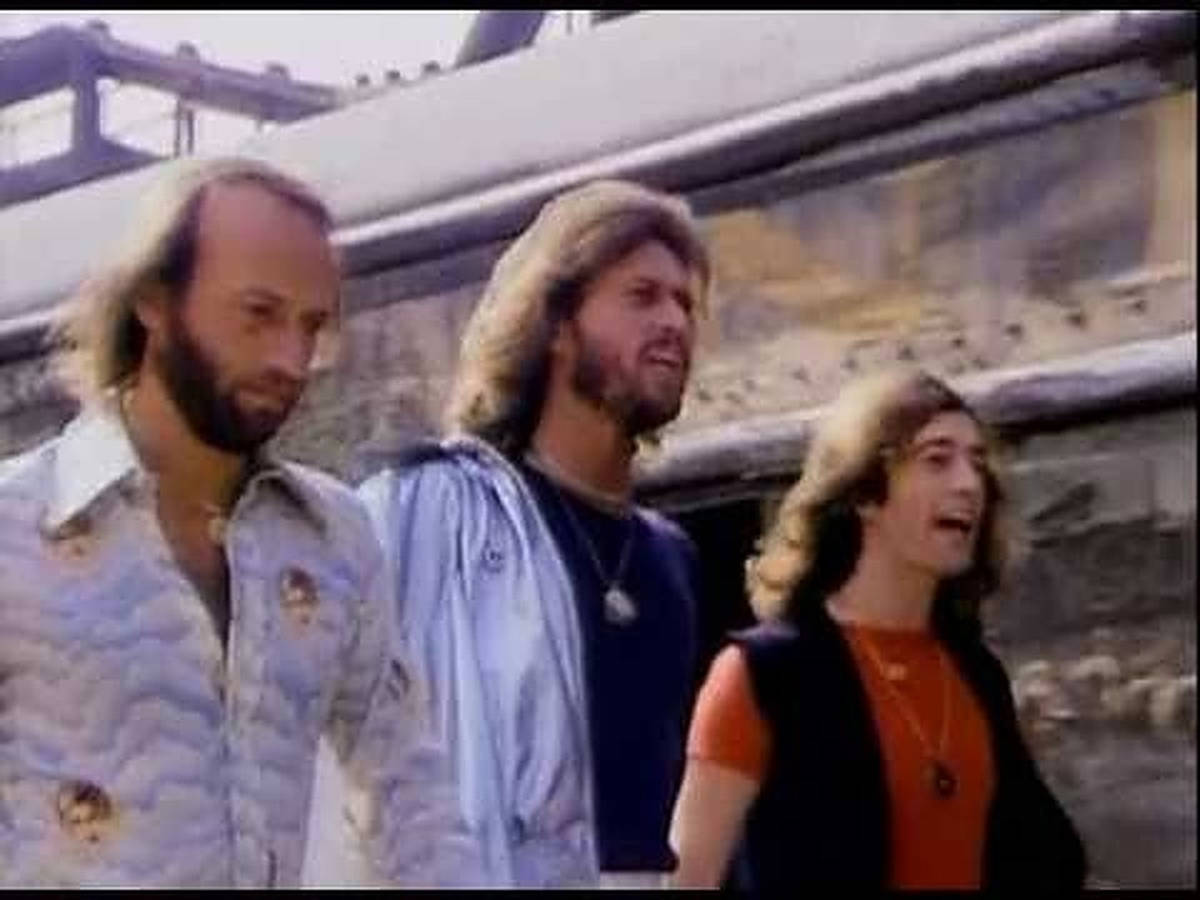Introduction:
Some songs do more than top the charts — they define a generation. In 1978, the Bee Gees achieved exactly that with “Stayin’ Alive,” a track that would not only embody the disco era but also change the course of popular music forever.
It all began with a magazine article titled The Tribal Rites of the New Saturday Night, written by British journalist Nik Cohn. The story captured the essence of New York’s disco subculture in the mid-70s — a world where working-class youth dressed to impress and lived for Saturday night. Entrepreneur Robert Stigwood saw cinematic potential in the story and purchased the rights to make what would become Saturday Night Fever.
The Bee Gees — Barry, Robin, and Maurice Gibb — were then approached to write original music for the film. At the time, the band had already undergone several transformations, from British pop to soul and R&B. However, nothing could prepare them for the global phenomenon they were about to create. Writing at Elton John’s Château d’Hérouville studio in France, the Gibb brothers composed five demo songs in two weeks — all destined to become hits.
Among these was “Stayin’ Alive,” a track born from necessity. When their drummer Dennis Bryon had to leave due to a family emergency, the Bee Gees innovated. They looped a segment of the drum track from another song, “Night Fever,” creating a continuous beat that became the first widely recognized commercial drum loop — a technique that revolutionized music production.
But it wasn’t just the rhythm that caught the world’s attention. Barry Gibb’s falsetto, inspired by soul greats like Frankie Valli, became the band’s new signature sound. The lyrics, too, diverged from typical disco themes. “Stayin’ Alive” wasn’t just about dancing — it was a gritty anthem about survival in the streets of New York. With lines like “I’ve been kicked around since I was born”, the song echoed the voice of the underdog, making it emotionally resonant and culturally relevant.
The film’s opening scene — John Travolta strutting down a Brooklyn street to the beat of “Stayin’ Alive” — became iconic. It wasn’t just a walk; it was a declaration of identity, of resilience, of swagger. That strut, combined with the Bee Gees’ unmistakable harmonies and groundbreaking production, captured the essence of a cultural movement.
Yet, with massive success came backlash. The disco craze hit a wall in the early 1980s, and the Bee Gees, unfairly branded as the face of disco, saw their popularity fade. But the Gibb brothers didn’t disappear — they shifted gears. Writing hits for artists like Barbra Streisand, Diana Ross, and Dolly Parton, their songwriting brilliance continued to influence pop music behind the scenes.
Today, “Stayin’ Alive” stands as more than just a disco classic. It’s a testament to innovation, adaptability, and the enduring power of music. The Bee Gees didn’t just ride the wave of disco — they created a sound that still fills dance floors and inspires musicians over four decades later.
